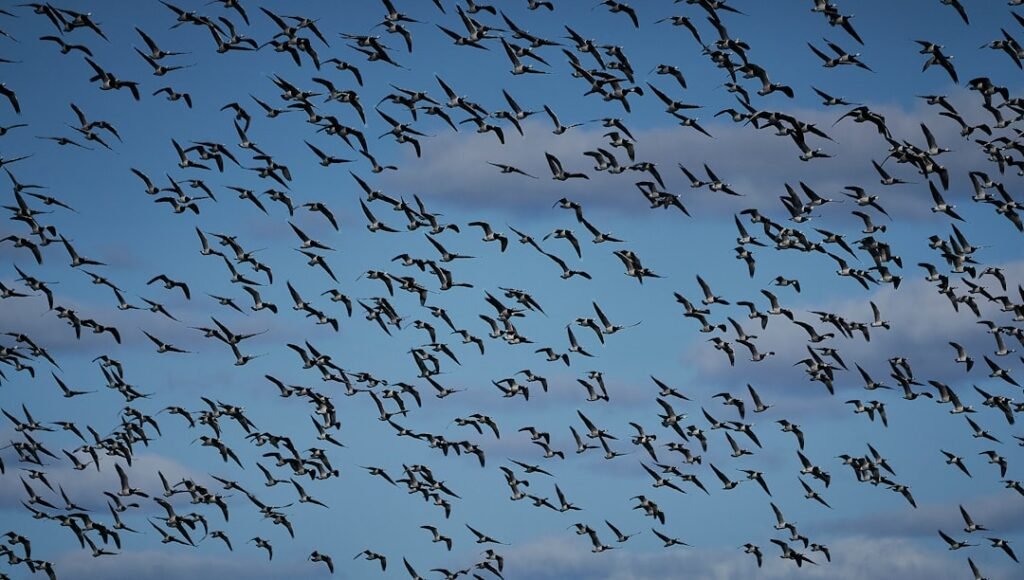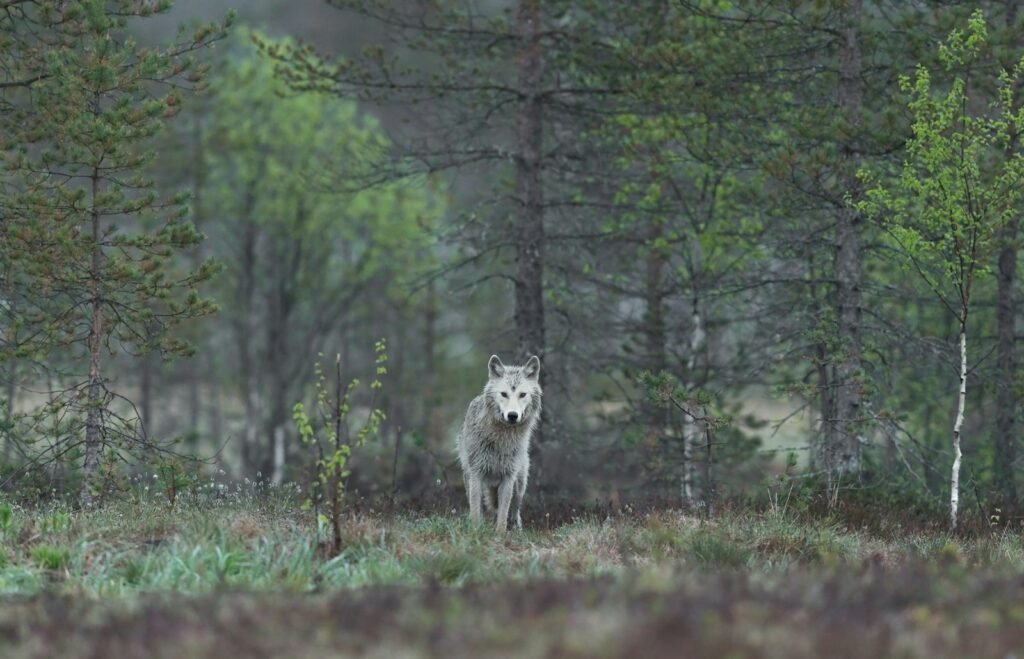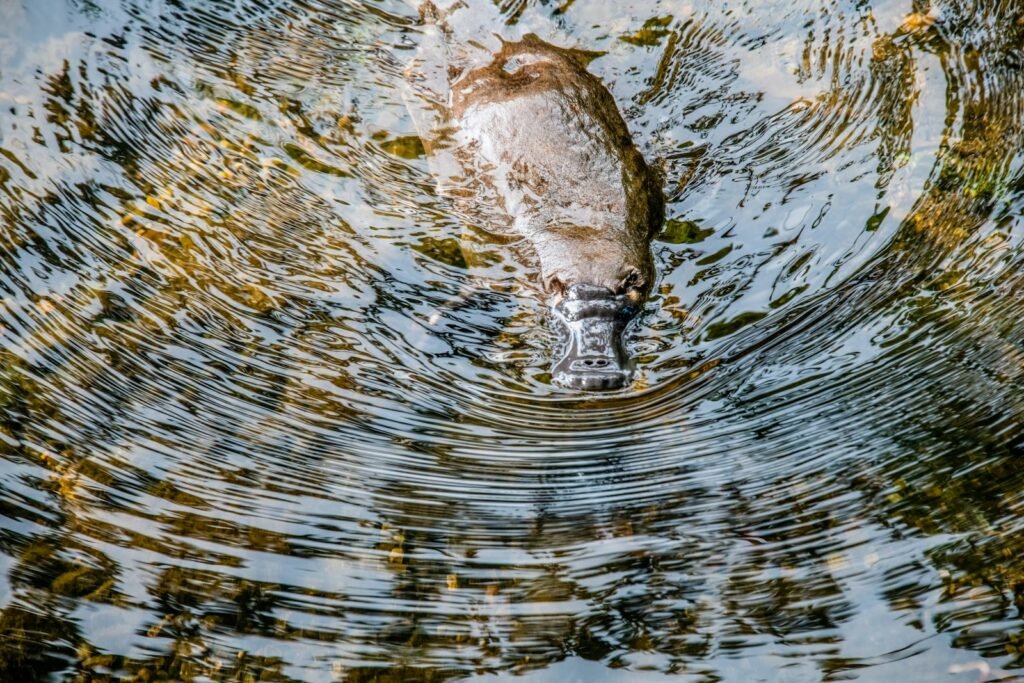Nature has been weaving an extraordinary cosmic tapestry for millions of years, one that many creatures still rely on today. While you’re scrolling through GPS apps on your phone, countless animals are looking up at the same stars that guided ancient mariners across treacherous seas. Their natural navigation systems put our modern technology to shame, combining evolutionary wisdom with celestial precision.
From tiny beetles rolling dung balls across African deserts to massive humpback whales crossing entire oceans, animals have mastered the art of stellar navigation in ways that continue to astonish scientists. Each species has developed its own unique relationship with the night sky, turning constellations into compasses and star patterns into roadmaps. Let’s explore this fascinating world where biology meets astronomy, and discover how the cosmos continues to guide life on Earth.
The Ancient Art of Celestial Navigation in Animals

While a number of animal species have been demonstrated to use the stars as a source of directional information, the strategies that these animals use to convert this complex and variable pattern of dim-light points into a reliable ‘stellar orientation’ cue have been more difficult to ascertain. A small but diverse group of species relies on the night sky to guide their search for food and mates. Throughout history, humans have marveled at animals’ uncanny ability to find their way across vast distances without maps or compasses.
The relationship between animals and stars goes back millions of years, long before humans even existed. Yet, long before humans learned to chart courses by the stars, many species in the animal kingdom had already mastered this remarkable navigational skill. Unlike our modern GPS systems that require satellites and complex calculations, animals process celestial information through evolved biological systems that operate with stunning efficiency.
How Birds Master the Stellar Compass
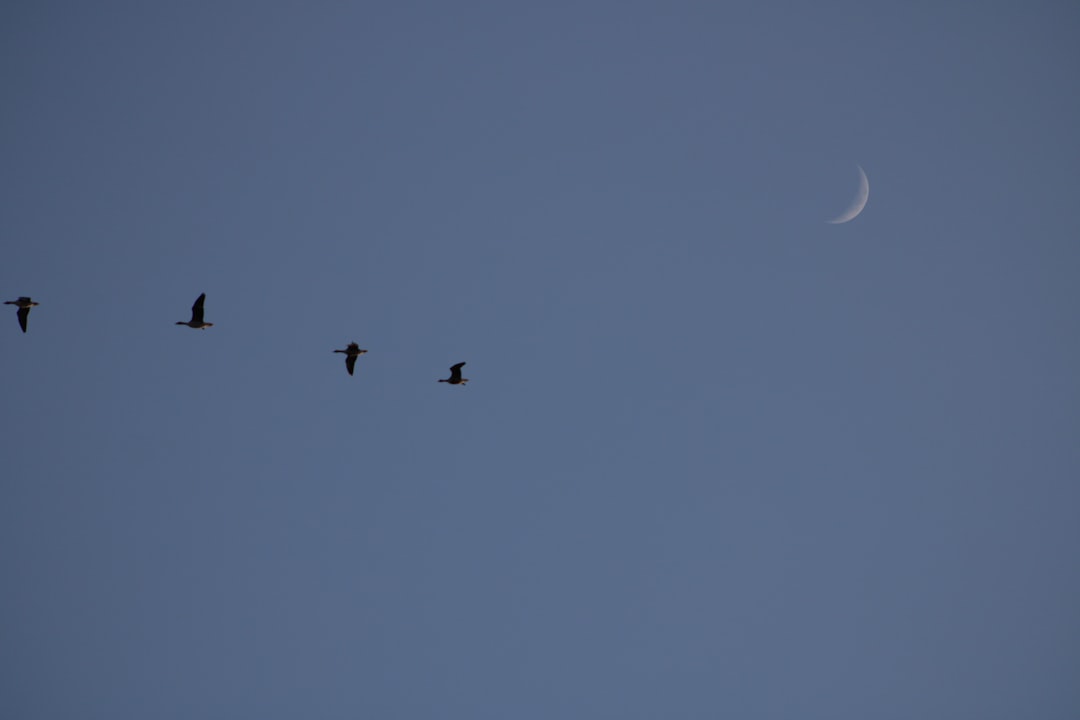
During migration season, songbirds orient themselves before takeoff by hopping in the direction they want to travel. As the planetarium sky rotated about the North Star, mimicking the apparent movement of the natural night sky, the birds attempted to hop south, as expected. However, when the researchers removed constellations within approximately 15-20 degrees of the North Star, something interesting happened: The birds became disoriented. The research revealed individual stars don’t matter to the birds as much as seeing the rotation of close star patterns around a center point.
In a series of classic experiments on North American indigo buntings (Passerina cyanea) where the location and movements of stars and constellations were manipulated in a planetarium, researchers showed that the buntings derive directional information from the pattern of constellations relative to each other and to the celestial pole. In other words, birds do not learn the star patterns themselves but learn to respond to a star pattern that rotates about a single conspicuous star. This remarkable discovery shows that birds focus on the movement patterns of star groups rather than memorizing individual celestial objects.
In addition, migratory birds regularly recalibrate their night compass by reference to the magnetic compass in order to take account of changes in the configuration of constellations as the migratory bird moves south in autumn and north in spring. A further complication for star-based night navigation is that trans-Saharan migrants, whose destination is far away in South Africa, are confronted with completely different star configurations as they cross the equator and change hemispheres. The ability to adapt to completely different stellar environments showcases the incredible flexibility of avian navigation systems.
Marine Mammals: The Ocean’s Star Gazers
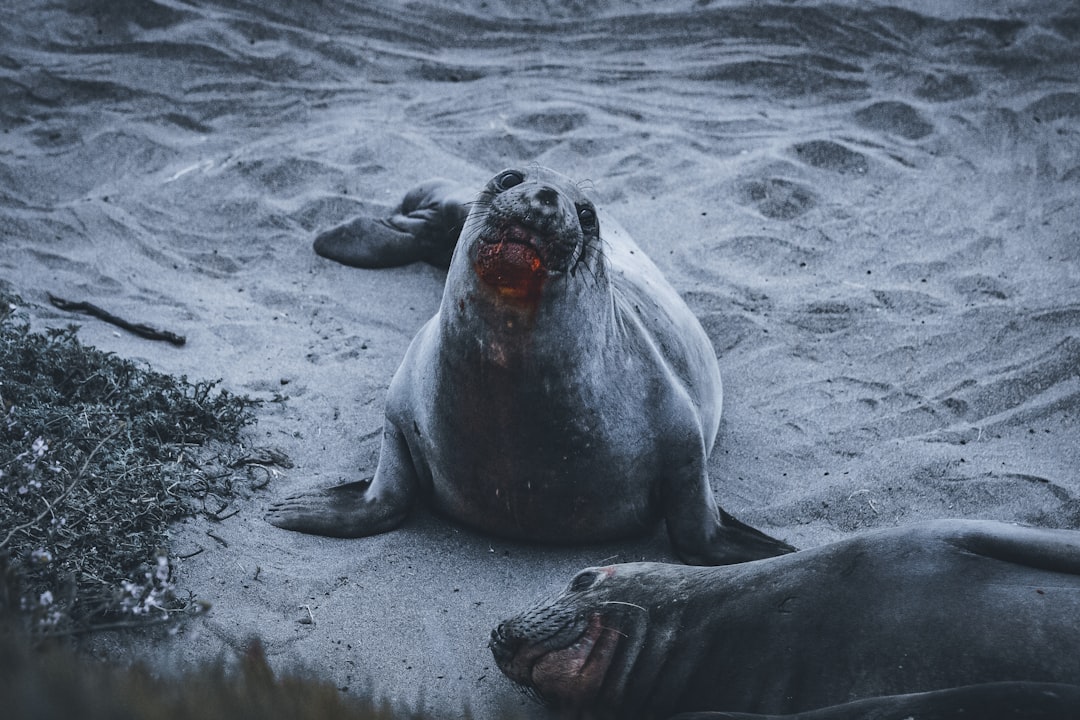
This suggests seals may use specific lodestars as navigational cues to venture far from shore – the first scientific evidence of a marine mammal orienting by the stars. The marine mammals, which live along the Atlantic and Pacific coastlines of the Northern Hemisphere, spend a great deal of their time foraging for food at night. In those situations, they lack terrestrial landmarks.
Harbor seals have become the poster animals for marine celestial navigation. The team trained the two pinnipeds, named Nick and Malte, to swim in the direction of specific lodestars, and then discovered the animals could identify a single star out of a realistic projection of the Northern Hemisphere night sky, according to a 2008 study. These experiments showed that seals possess the visual acuity and cognitive ability to distinguish individual stars from the complex tapestry of the night sky.
Seals can see individual stars because, like all vertebrates, their eye is “much like a camera – it has a lens and one opening where light comes in and hits the retina, which is like a film,” says Dacke. This anatomical setup allows in a lot of light, enabling detection of small, relatively dim objects like stars. Their enhanced night vision capabilities make them natural astronomers of the sea.
Humpback Whales: The Ocean’s Long-Distance Navigators
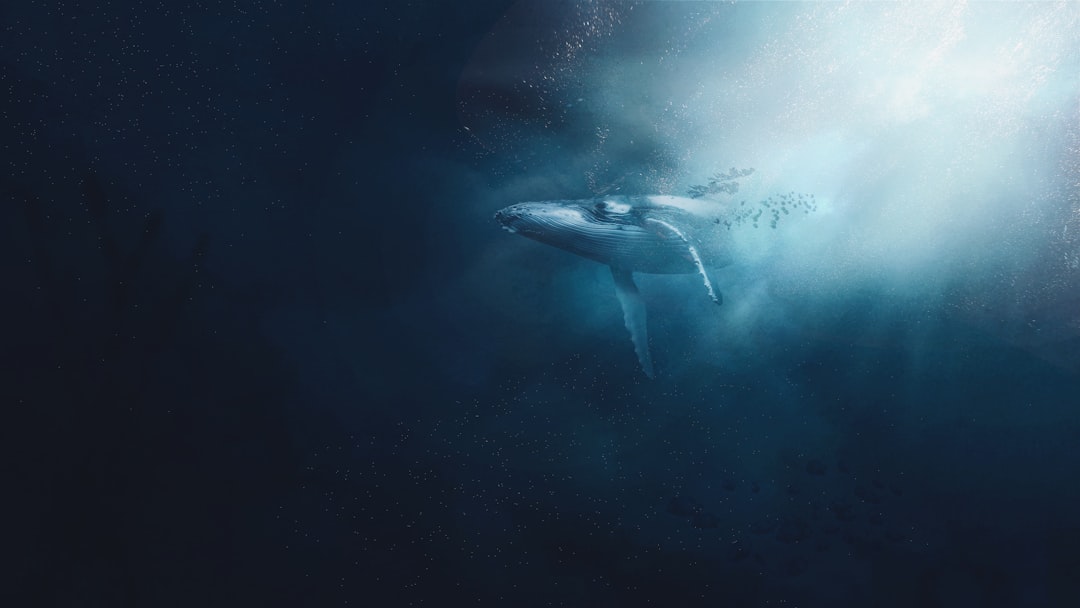
Scientists speculate that whales, too, might use stars as reference points to keep them on track during their long migrations. Humpback whales, for example, cover up to 16,000 miles during their seasonal migration. They somehow manage to travel in nearly straight lines even when encountering currents, storms and ever-changing sea depths. Scientists know that humpbacks use the Earth’s magnetic field to help keep them on course, but they doubt that magnetism alone is responsible for the accuracy of their beeline journeys.
Humpback whales (Megaptera novaeangliae) undertake some of the longest migrations of any mammal, traveling up to 16,000 miles between feeding and breeding grounds. Further evidence comes from the discovery that humpback whales possess magnetite crystals in their brains, potentially allowing them to sense Earth’s magnetic field in conjunction with stellar cues. This dual navigation system would explain their remarkable precision in returning to the same breeding areas year after year.
This dual navigation system would explain how humpbacks consistently return to the same breeding lagoons year after year with remarkable precision. The ability to read both the ocean’s magnetic signatures and the night sky showcases the sophisticated spatial awareness of these intelligent marine mammals. These gentle giants demonstrate that size doesn’t limit navigational sophistication.
Sea Turtles and Their Celestial Journey Home

One of the most astonishing examples of animals using the stars for migration is found in sea turtles. These ancient travellers embark on epic journeys that span oceans, returning to the very beaches where they were born to lay their eggs. Celestial navigation is another remarkable tool in the sea turtle’s navigational arsenal, showcasing their ability to use the sun and stars as compasses. “The celestial bodies provide consistent, reliable cues that sea turtles harness to maintain their bearings across the open sea,” states Dr. Kenneth Murray, an expert in animal navigation.
At night, constellations serve a similar purpose, offering a stellar map by which to voyage. This celestial guidance system is not unique to sea turtles; it’s a method shared by many migratory species. Experiments simulating night skies in planetarium settings have demonstrated turtles’ ability to orient themselves using stellar patterns, reinforcing the theory of celestial navigation. This dual reliance on Earth’s magnetic field and the celestial vault highlights the remarkable adaptability and resilience of sea turtles, ensuring their survival through millennia.
However, Both the female turtles that lay their eggs on their natal beach and the hatchlings that emerge a few weeks later head towards the brightest horizon to enter the ocean, where the water reflects the light of the Moon – avoiding the darker landward silhouettes. Unfortunately, modern light pollution has created serious challenges for these ancient navigators.
The Tiny Powerhouses: Dung Beetles and the Milky Way
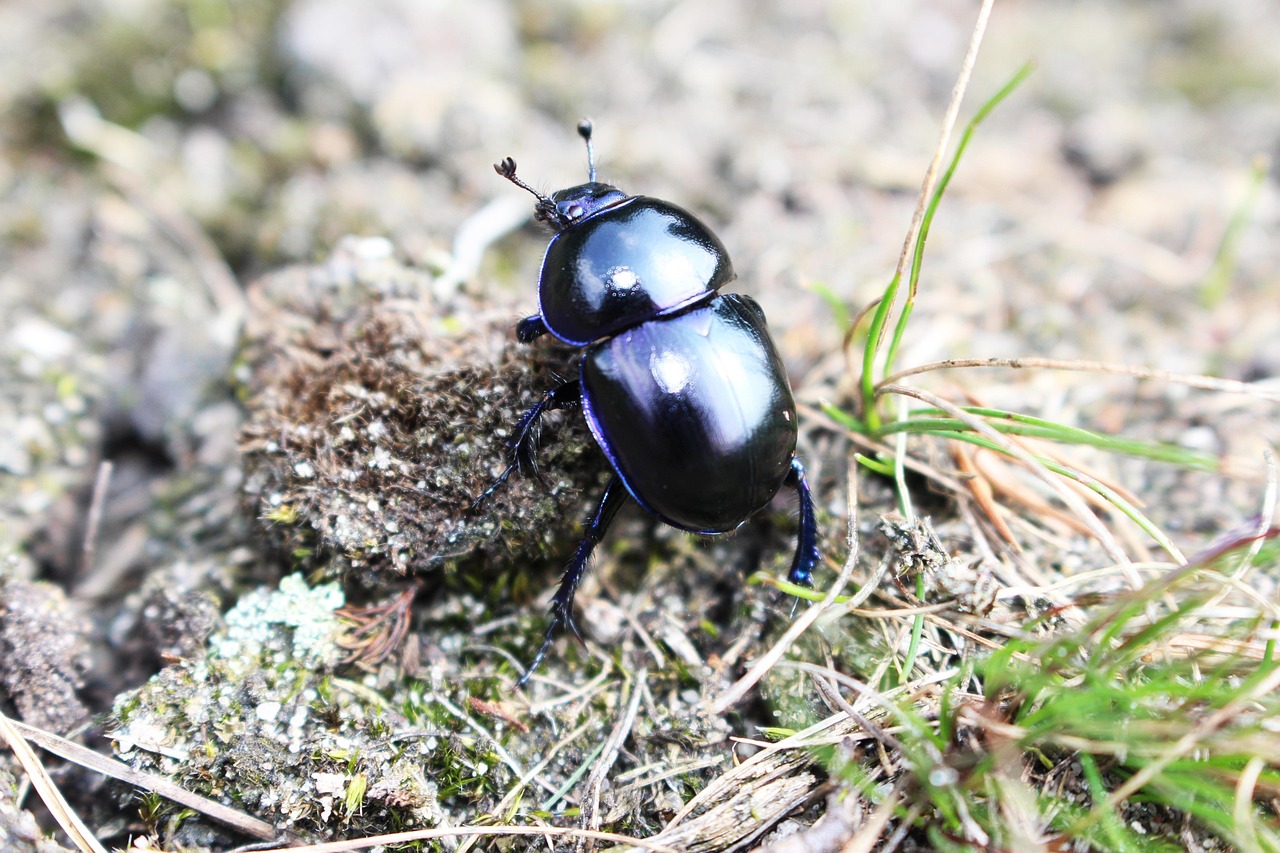
This beetle is the only animal that has been confirmed to navigate by the Milky Way, Dacke says. In 2013 a group of scientists led by the Swedish biologist Marie Dacke studied Scarabaeus zambesianus, the nocturnal African dung beetle, that, too, can roll in a straight line. At first, scientists thought that the beetles used the light of the Moon to navigate, but, to their surprise, even on moonless nights, with only stars in the sky, Scarabaeus Satyrus kept a straight-line orientation.
At the end of the experiment biologists concluded that clever little dung beetles learned to follow the Milky Way (which is much more prominent in the Southern Hemisphere), rather than individual stars, to keep the straight-line orientation. Think about it: Even a creature as small as a dung beetle, with a brain the size of a grain of rice, can gaze up at the starry night and decide where to go.
To accomplish this, S. satyrus usually navigates by the polarized light of the moon. But on moonless nights, the Milky Way provides a backup, according to Dacke’s research. These beetles have essentially developed a backup navigation system, demonstrating that even the smallest creatures can possess sophisticated survival strategies.
Insect Aviators: Moths and Their Stellar Secrets

The discovery that not only birds, but even insects (some moth species) are capable of such stellar navigation is astonishing. The discovery that not only birds, but even insects (some moth species) are capable of such stellar navigation is astonishing. Every spring, Bogong moths use the starry night sky as a compass to navigate up to 1,000 km towards their alpine migratory goal.
Recent groundbreaking research has revealed that In the austral night sky, the constellations of stars and the bright Milky Way are particularly prominent and have excellent potential as reliable navigational cues. In the austral night sky, the constellations of stars and the bright Milky Way are particularly prominent and have excellent potential as reliable navigational cues. However, the Milky Way – which, in the Southern Hemisphere, is a bright extended stripe of light that becomes brightest somewhere in the southern half of the sky – is very likely visible to Bogong moths.
Through laboratory experiments manipulating artificial night skies, researchers found that moths became disoriented when star patterns were altered or removed. What makes this navigation system particularly impressive is the moths’ ability to compensate for wind drift using their stellar compass. These flying insects demonstrate that stellar navigation isn’t limited to large-brained animals.
The North Star: Nature’s Most Reliable Beacon
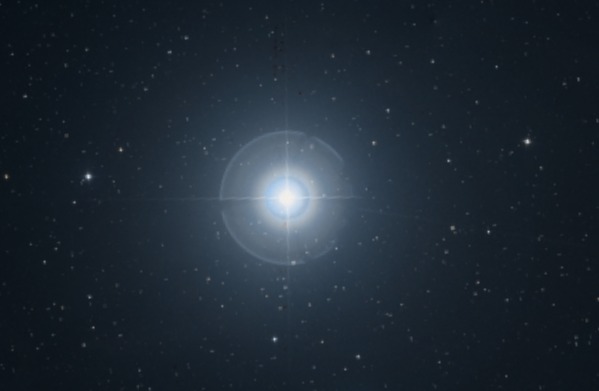
The research revealed individual stars don’t matter to the birds as much as seeing the rotation of close star patterns around a center point. In the wild, this enables them to determine where north is, and then use this information to fly south. Some young birds, for instance, are capable of ‘learning’ the pattern of rotation of constellations of stars and using it to tell which way is north. Some young birds, for instance, are capable of ‘learning’ the pattern of rotation of constellations of stars and using it to tell which way is north.
The North Star, or Polaris, serves as nature’s most dependable reference point. The star Polaris, often called either the “Pole Star” or the “North Star”, is treated specially due to its proximity to the north celestial pole. When navigating in the Northern Hemisphere, a simple and quick technique can be used with Polaris to determine the observers latitude. Animals have evolved to recognize this celestial anchor point that remains stationary while other stars appear to rotate around it.
However, Many migratory birds follow paths that cross the equator, at which point the centre of celestial rotation observed earlier in the journey disappears below the horizon. To date, no animal has been demonstrated to switch between different stellar cues with a change in location or season. This presents one of the most fascinating mysteries in animal navigation research.
Constellation Patterns: Nature’s Star Maps
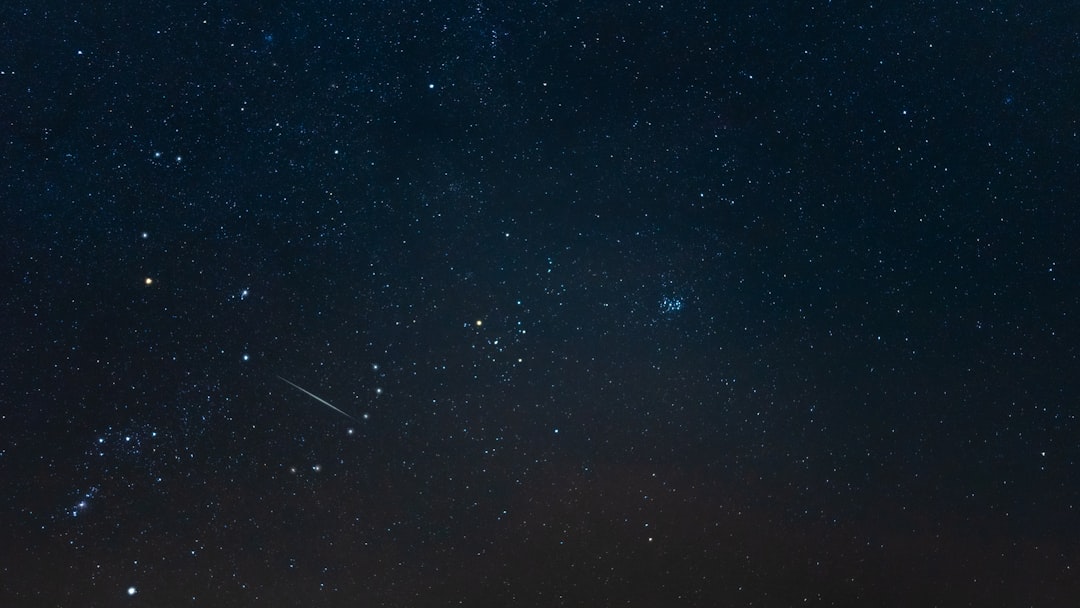
Star navigation, which is necessarily nocturnal, requires that : the bird must be able to recognise the azimuthal position of a star or constellation in relation to the trajectory it must follow ; the position of the reference star or constellation is associated with a notion of time, so that the bird can adjust its flight path according to the movement of the star constellations during the night. In the experiment, researchers removed different constellations from the birds’ view to test how they responded. They found that, as long as some constellations were present, the birds would consistently hop southwards – just as they normally would under a real starry sky.
Animals don’t see constellations the same way humans do. Unlike humans, animals might not see these patterns as we do due to differences in vision. For animals, grouping bright points against the darker sky could vary greatly among species based on their retinal structure and visual processing. Some birds see into the ultraviolet spectrum, allowing them to discern patterns humans can’t see with visible light alone. Birds may visually sense magnetic field information affecting light entering the eye to determine compass direction.
Of the approximately six thousand stars visible to the naked eye under optimal conditions, these selected stars are among the brightest and span thirty-eight constellations of the celestial sphere from the declination of −70° to +89°. Many of the selected stars were named in antiquity by the Babylonians, Greeks, Romans, and Arabs. The same stars that guided ancient human civilizations continue to serve as beacons for wildlife today.
The Visual Adaptations Behind Stellar Navigation
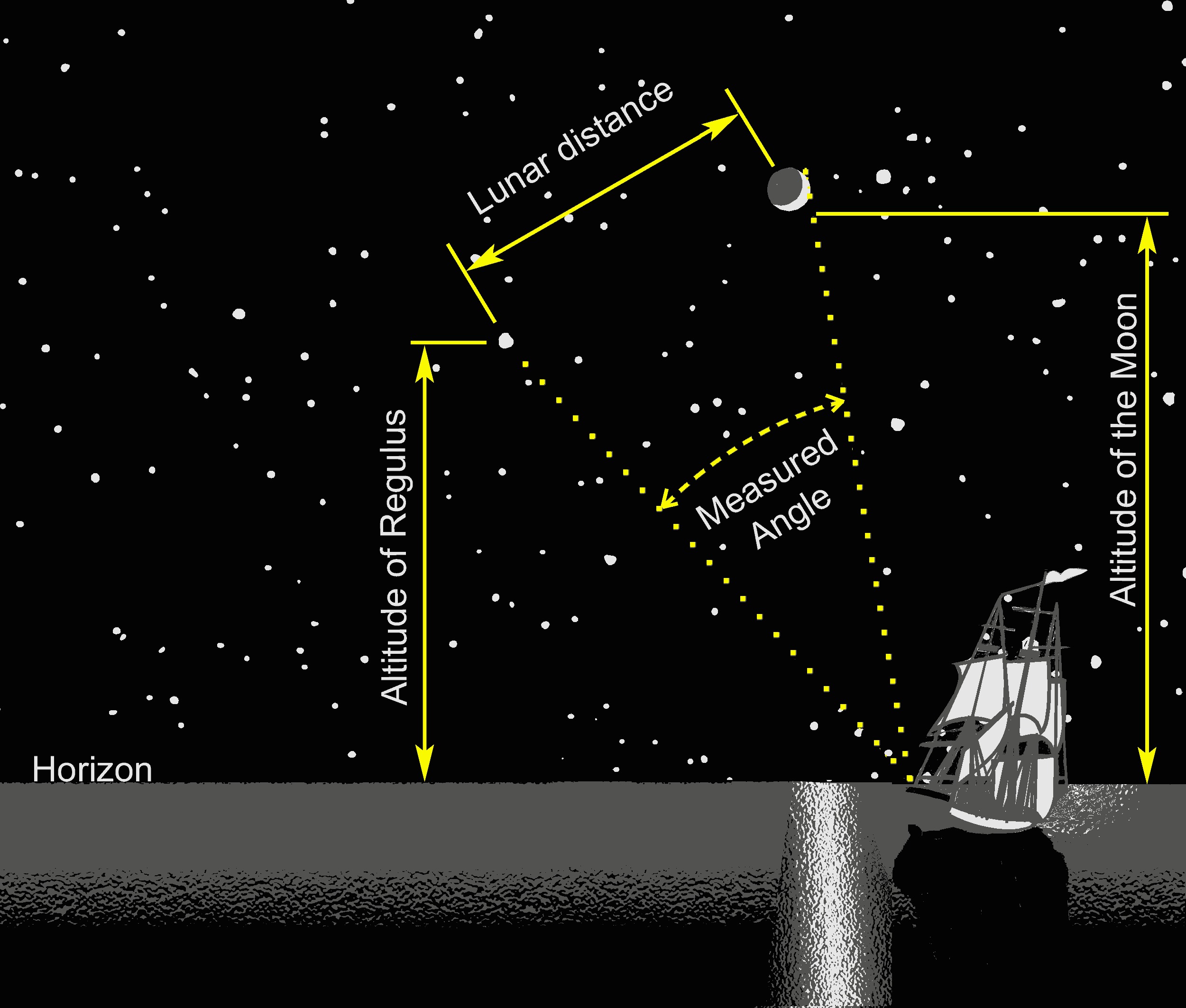
The general scarcity of light at night requires adaptations to boost visual signal. In addition, the motion of the celestial sphere, while regular, follows a slightly different schedule to sunrise and sunset (with which the internal clocks of most animals are synchronised). While humans see a beautiful but abstract starry sky, many animals have evolved unique ways of perceiving key celestial information useful for navigation: Animals like owls and seals have higher rod photoreceptor density allowing better night vision in low light compared to humans.
Insects, by contrast, cannot see individual stars: Their compound eyes can’t detect fine detail like single points of light. However, a collection of stars as big and dense as the Milky Way would appear to them as a single, luminous streak. This explains why dung beetles rely on the Milky Way rather than individual stars for navigation.
Animals perceive the visible spectrum uniquely. Humans see stars using red, green, and blue light receptors. Other animals may see more or fewer colors. These visual adaptations allow different species to extract unique information from the same night sky.
The Challenges of Modern Light Pollution
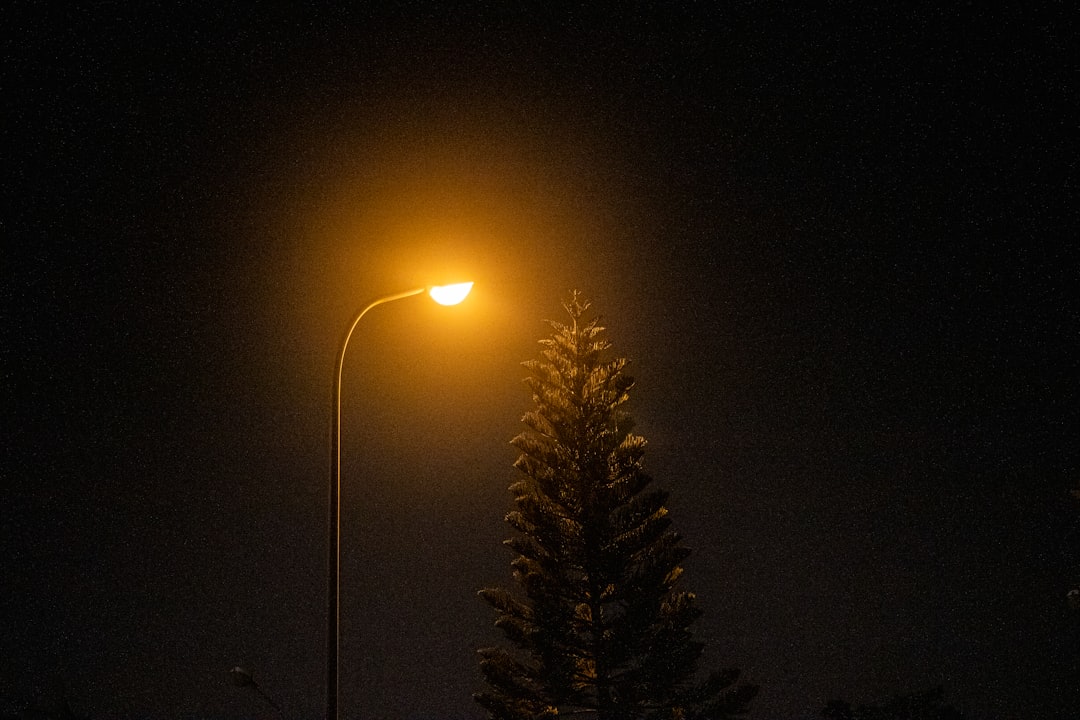
While the stars provide reliable guidance, human-induced light pollution poses a significant threat to animals that rely on celestial navigation. Bright artificial lights can confuse animals and disrupt their ability to interpret the natural cues of the night sky. Increasing light pollution from urban expansion poses a threat to animals that orient themselves using celestial information from the stars, moon, and polarization patterns: Bright artificial light can obscure the visibility of key stars used for navigation. Skyglow can disrupt an animal’s perception of celestial patterns. Glare from artificial lights can overwhelm an animal’s visual orientation system.
Impacts linked to light pollution’s interference with stellar navigation include: Young turtles disoriented by coastal lights leading to death. Birds circling in confusion around illuminated buildings. Light pollution attracts and disorients photophilic animals, those that follow light. For example, hatchling sea turtles follow bright light, particularly bluish light, altering their navigation. Disrupted navigation in moths can easily be observed around bright lamps on summer nights.
The modern world has inadvertently created what scientists call “evolutionary traps” where animals’ ancient navigation systems are disrupted by artificial lights. This navigational mechanism becomes a handicap if nesting sites are affected by artificial lighting since this can mean that hatchlings head towards the artificial lights rather than offshore towards the moonlit sea. Hence, the use of moonlight by turtle hatchings as a navigational cue can be considered an ‘evolutionary trap’.
Seasonal Migration and Star-Timing
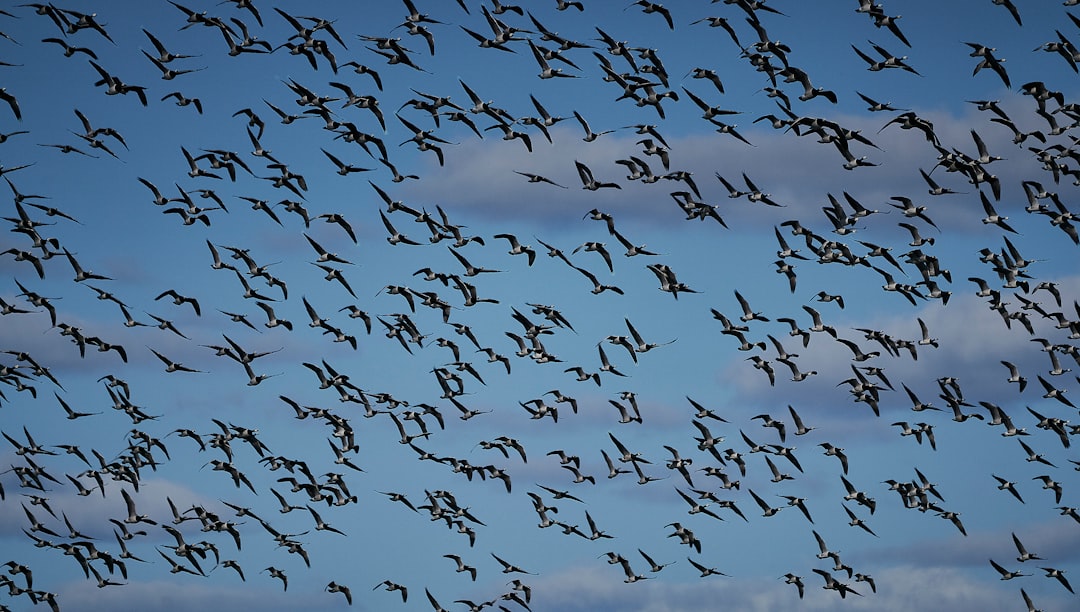
An ‘internal calendar’ allows birds to change course at the right time according to the spatio-temporal conditions of their route. In a pioneering experiment, Lockley showed that warblers placed in a planetarium showing the night sky oriented themselves towards the south; when the planetarium sky was then very slowly rotated, the birds maintained their orientation with respect to the displayed stars. Lockley observes that to navigate by the stars, birds would need both a “sextant and chronometer”: a built-in ability to read patterns of stars and to navigate by them, which also requires an accurate time-of-day clock.
Blackcap birds, for instance, migrate in several different directions. If you cross two of these which migrate in separate directions, the hybrid offspring migrate in a separate direction again from either parent. This genetic programming demonstrates that stellar navigation isn’t just learned behavior but is hardwired into many species’ DNA.
Migratory birds adjust their flight paths according to this movement during the night. The amount of compensation required depends on the position of the reference constellation in relation to the celestial equator. Animals must constantly recalibrate their navigation as stars move across the sky throughout the night.
Conclusion: The Eternal Dance Between Earth and Stars
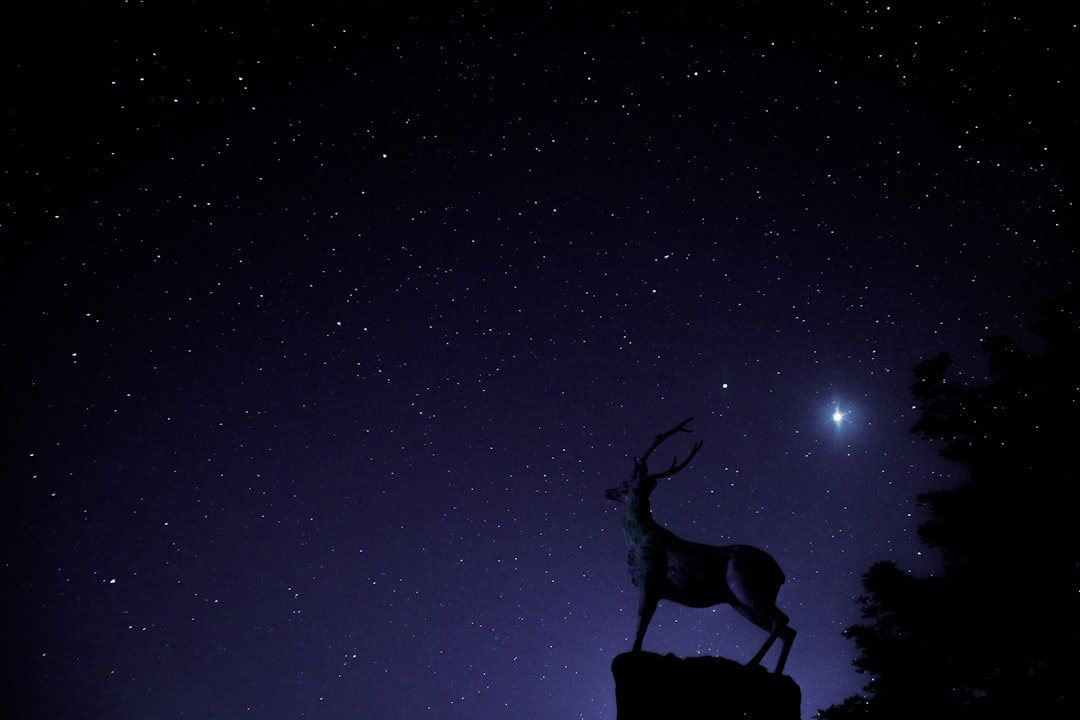
The relationship between animals and stars represents one of nature’s most elegant solutions to the challenge of long-distance navigation. Navigation by the stars exemplifies the wonders of the natural world and the extraordinary adaptations that animals have evolved to thrive within it. From sea turtles embarking on transoceanic odysseys to songbirds charting their course across continents, the use of the stars for migration underscores the innate connection between creatures and the cosmos.
The star compass systems studied to date appear well matched to the needs of their possessors: migrating birds travel great distances and need to hold a stable heading over many hours, while dung beetles need a robust indicator of bearing that requires minimal processing and visual acuity. Each species has evolved navigation systems perfectly suited to their unique lifestyle and survival needs.
There are likely many more animals that navigate by the stars, Dacke adds. For instance, initial evidence suggests that European robins, yellow underwing moths, and perhaps even cricket frogs can do so. The world of stellar navigation continues to reveal new secrets as scientists develop better tools to study these remarkable abilities.
As we gaze up at the same night sky that has guided countless generations of wildlife, we’re reminded of the profound connections that bind all life on Earth to the cosmos above. The stars that once guided ancient sailors continue to serve as nature’s GPS, proving that some of the most sophisticated navigation systems don’t require batteries, satellites, or screens – just the timeless dance between creatures and the celestial sphere.
What do you think about these amazing navigation abilities? Tell us in the comments.

Hi, I’m Andrew, and I come from India. Experienced content specialist with a passion for writing. My forte includes health and wellness, Travel, Animals, and Nature. A nature nomad, I am obsessed with mountains and love high-altitude trekking. I have been on several Himalayan treks in India including the Everest Base Camp in Nepal, a profound experience.

